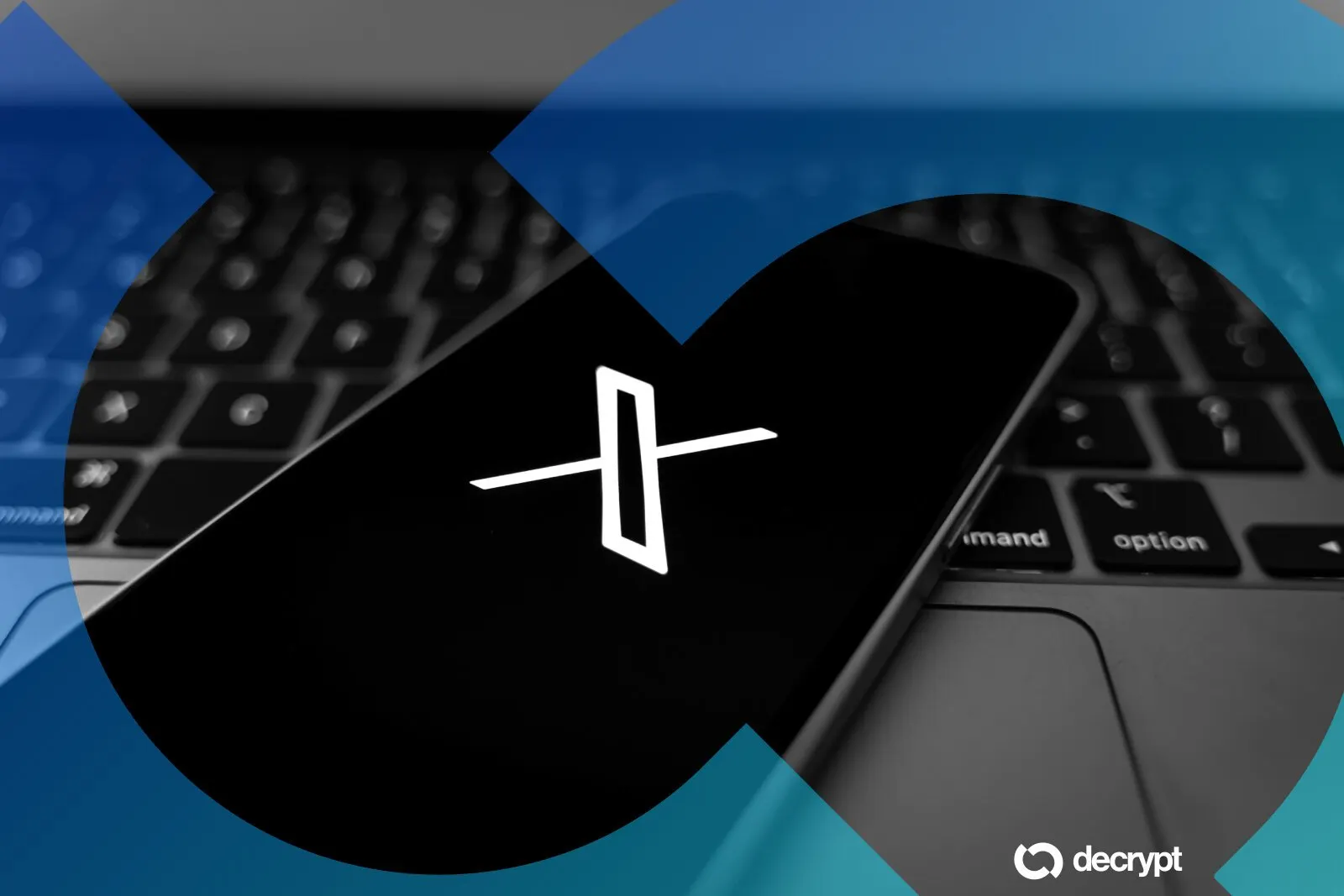ETH withdrawals are now live.
At 6:27 pm EST, Ethereum’s Shanghai upgrade was successfully implemented, enabling the withdrawal of staked ETH and effectively finalizing the network’s years-long transition to proof of stake.
Last September, Ethereum successfully executed its highly anticipated merge event, forever changing both how ETH is created and how transactions on the Ethereum network are validated. The upgrade saw Ethereum transition to a proof-of-stake consensus mechanism in which users stake ETH with the network to validate on-chain transactions, and are rewarded for that participation with newly generated ETH. Since ETH staking debuted in 2020, participants have deposited over $34.56 billion worth of ETH with the network.
Those funds, however—and the rewards generated by them—were not accessible to users, even after the merge. Only now, with Shanghai’s implementation, are those funds available for withdrawal. And only now can Ethereum’s transformation to a proof-of-stake network be considered complete.
The road to Shanghai has been a long one, marked by repeated concessions made by Ethereum’s core developers to hasten the upgrade’s release. Shanghai was originally meant to include numerous other improvements to the Ethereum network, including proto-danksharding—a streamlined data-sampling process that would make layer-2 transactions on the network substantially cheaper and faster—and EOF, a suite of much-needed updates to the Ethereum Virtual Machine (EVM), the mechanism underlying the network that deploys smart contracts.
Those updates were nixed from Shanghai, however, to ensure that ETH withdrawals were rolled out as quickly as possible. Even minute tweaks to Ethereum’s encoding methods were punted from the upgrade, despite the fact that such decisions could mire the network in years of technical debt.
The pressure to release Shanghai made sense: the security and accessibility of tens of billions of dollars worth of cryptocurrency were on the line. And any flaws in the upgrade's execution could have spelled massive trouble for the network—not just from upset users, but also from massive intermediaries like Lido and Coinbase that currently represent the majority of staking power on Ethereum. Government regulators are no doubt also watching closely.
Luckily though, those immediate concerns are now in the rearview mirror. Once Ethereum reached its 194,048th epoch at 6:27 pm EST, the network's mainnet began forking to integrate the Shanghai upgrade. During the epoch, eight slots were missed, a standard amount typically representing nodes that had not yet updated their clients for Shanghai. But the Ethereum network continued processing transactions, the signal of a successful upgrade. Immediately thereafter, staked ETH withdrawals began processing smoothly.
Ethereum Shapella Upgrade was a STUNNING SUCCESS 🥳🎉🚀
WE MADE IT!
— Ethprofit.eth 🦇🔊 (@Ethprofit) April 12, 2023
Stakers who directly deposited at least 32 ETH (roughly $61,000 at writing) with Ethereum will now be able to withdraw the profits reaped by their deposits, or their entire deposit. That process is expected, due to demand and limited block space, to take several days.
Stakers who deposited their ETH through intermediary staking pools or centralized crypto exchanges will have to wait a bit longer. Lido has said staked ETH withdrawal capability will be introduced for customers in about a month; Coinbase, for its part, said its customers may have to wait several months before their staked ETH is accessible. Each intermediary ETH staking service will unroll withdrawals on its own timeframe.




